We use cookies to help you navigate efficiently and perform certain functions. You will find detailed information about all cookies under each consent category below.
The cookies that are categorized as "Necessary" are stored on your browser as they are essential for enabling the basic functionalities of the site. ...
Necessary cookies are required to enable the basic features of this site, such as providing secure log-in or adjusting your consent preferences. These cookies do not store any personally identifiable data.
Functional cookies help perform certain functionalities like sharing the content of the website on social media platforms, collecting feedback, and other third-party features.
Analytical cookies are used to understand how visitors interact with the website. These cookies help provide information on metrics such as the number of visitors, bounce rate, traffic source, etc.
Performance cookies are used to understand and analyze the key performance indexes of the website which helps in delivering a better user experience for the visitors.
Advertisement cookies are used to provide visitors with customized advertisements based on the pages you visited previously and to analyze the effectiveness of the ad campaigns.

Arizona has a wide diversity of insects & lizards. Some of them are endemic to Arizona specifically! We’ll bust some myths and introduce you to some of the most interesting!
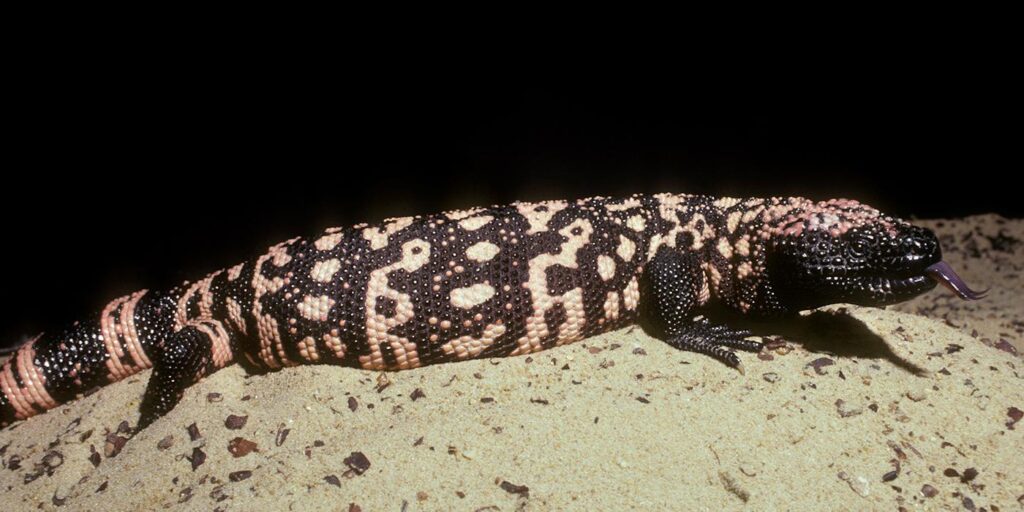
Gila Monster
The Gila monster is a species of venomous lizard native to the Southwestern United States and the northwestern Mexican state of Sonora. It is a heavy, slow-moving reptile, up to 56 centimetres long, and it is the only venomous lizard native to the United States. They are reclusive so you’ll be lucky to see one out in the wild. They are not aggressive but will defend itself so it’s best to admire this guy from a safe distance. They tend to not let go when they bite so you really don’t want to get that close!
The Gila monster is sluggish in nature, so it is not generally dangerous and very rarely poses a real threat to humans. However, it has a fearsome reputation and is sometimes killed in spite of the species being protected by state law in Arizona.
The venom of a Gila monster is normally not fatal to healthy adult humans. No reports of fatalities have been confirmed after 1930, and the rare fatalities recorded before that time occurred in adults who were intoxicated by alcohol or had mismanaged the treatment of the bite. The Gila monster can bite quickly and may not release the victim without intervention. If bitten, the victim may attempt to fully submerge the lizard in water, pry the jaws open with a knife or stick, or physically yank the lizard free. While pulling the lizard directly increases risk of severe lacerations from the lizard’s sharp teeth, it may also mitigate envenomation. Symptoms of the bite include excruciating pain, edema, and weakness associated with a rapid drop in blood pressure.
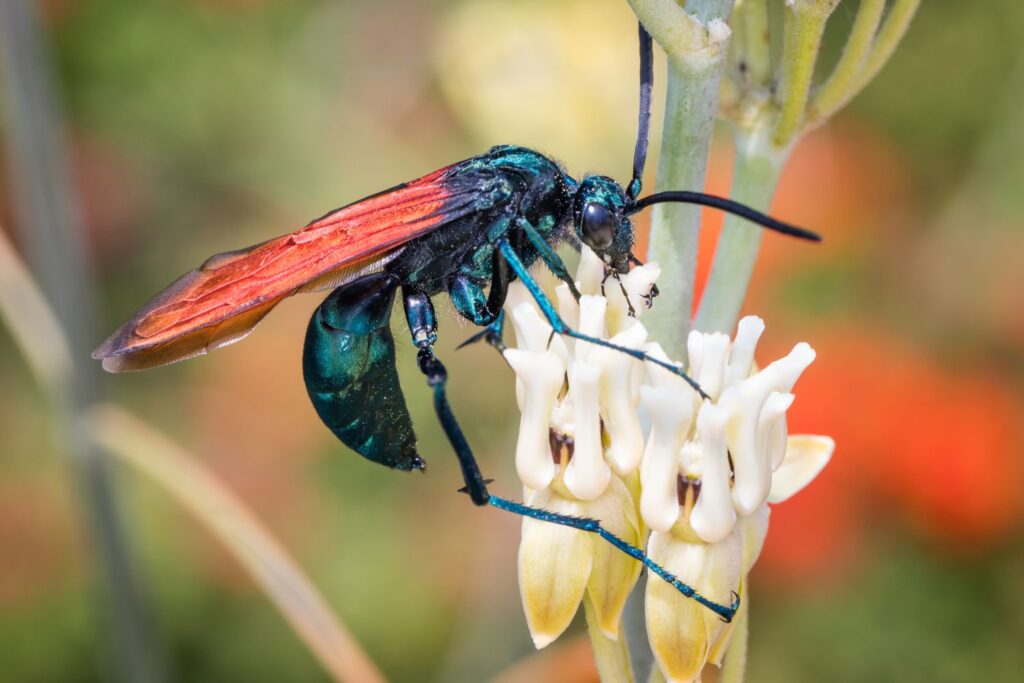
Tarantula Hawk Wasp
These impressively large wasps are easy to spot with their bold colorations. They have a bad reputation in having one of the most painful stings, however, I have seen them my entire life and have never been attacked by them. In general they are not aggressive and will ignore humans completely as they are looking for tarantulas! It’s best to just leave them alone and be happy to watch their activity.
Tarantula hawks are most active in the summer, during the day, although they avoid the highest temperatures. Females give the wasps their common name. Like all members of this genus, they require a spider to serve as host for their larvae, and in the case of the local species, tarantulas are the preferred nursery.
A female wasp finds a tarantula by smell. Generally, she scampers across the ground to locate a burrow. She will enter the burrow and expel the spider, then attack it. She may also encounter a male tarantula during his search for a mate. In an attack, the wasp uses her antennae to probe the spider, which may raise its front legs and bare its fangs. (A tarantula does not always counterattack.) She then attempts to sting the spider. She might seize the spider by a leg, flip it over on its back and sting it, or she may approach from the side to deliver a sting. Once stung, the tarantula becomes paralyzed within seconds. The condition will last for the remainder of its life. The wasp may drink the body fluids oozing from the spider’s wounds or from its mouth to replenish nutrients and water she used during the attack.
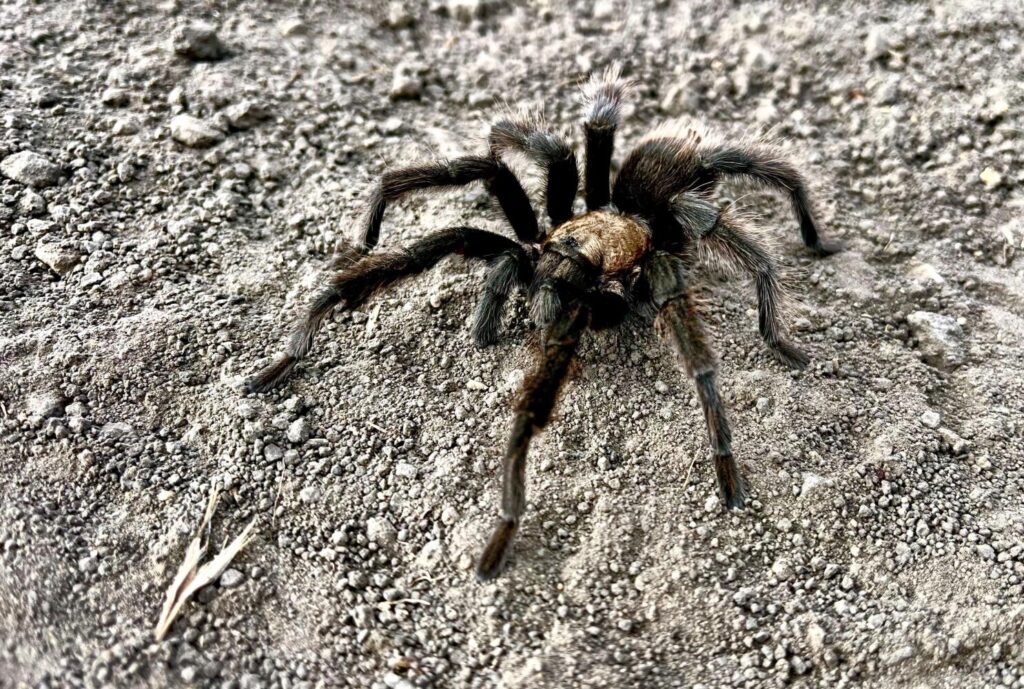
Tarantula
These are pretty sizable spiders, you can see them crossing the road from a good 50′ away!
Tarantulas move slowly on their eight hairy legs, but they are accomplished nocturnal predators. Insects are their main prey, but they also target bigger game, including frogs, toads, and mice. Tarantulas are burrowers and typically live in the ground.
There are hundreds of tarantula species found in most of the world’s tropical, subtropical, and desert regions. They will bite if harassed but their venom isn’t real toxic, however, it will hurt!
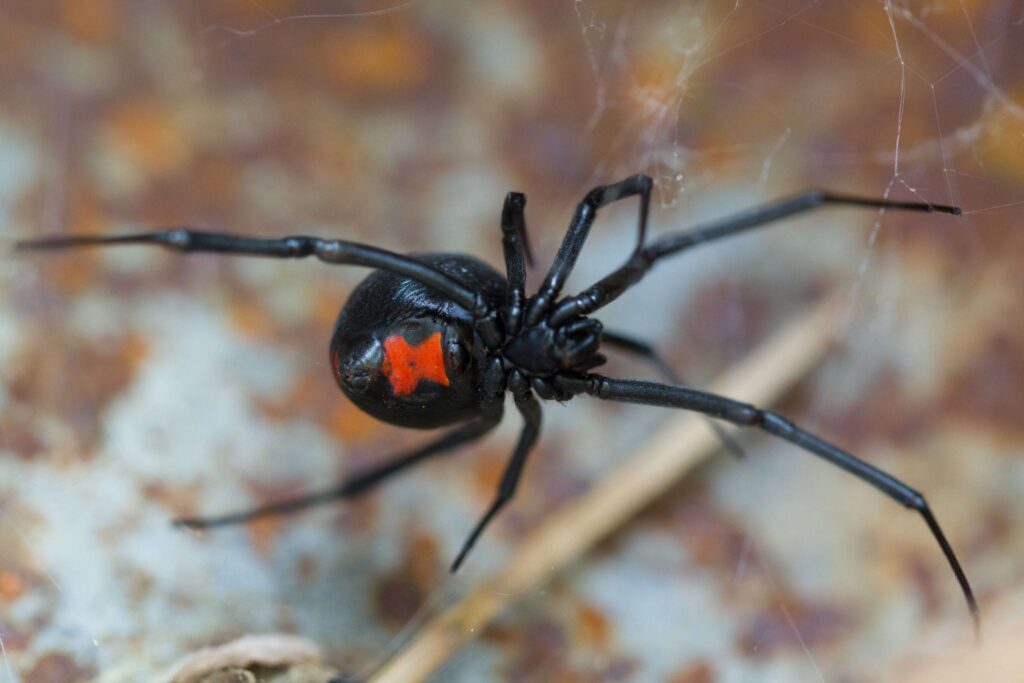
Black Widow Spider
I usually have a leave it alone mentality, but not this one. I will squish on sight if I see one in or around my home. They are dangerous to small children and pets and will leave a bite that leaves a necrotic sore that is painful and slow to heal.
As they tend to hide in out of the way places it’s unfortunately too easy to come across one without knowing. The black widow preys mainly upon insects that it traps in the web. The web is irregular and strong to the touch in comparison to other webs. Some species of spider wasps prey upon black widows. Black widows are shy, sedentary, and largely nocturnal. They are not aggressive, but will bite in self-defense.
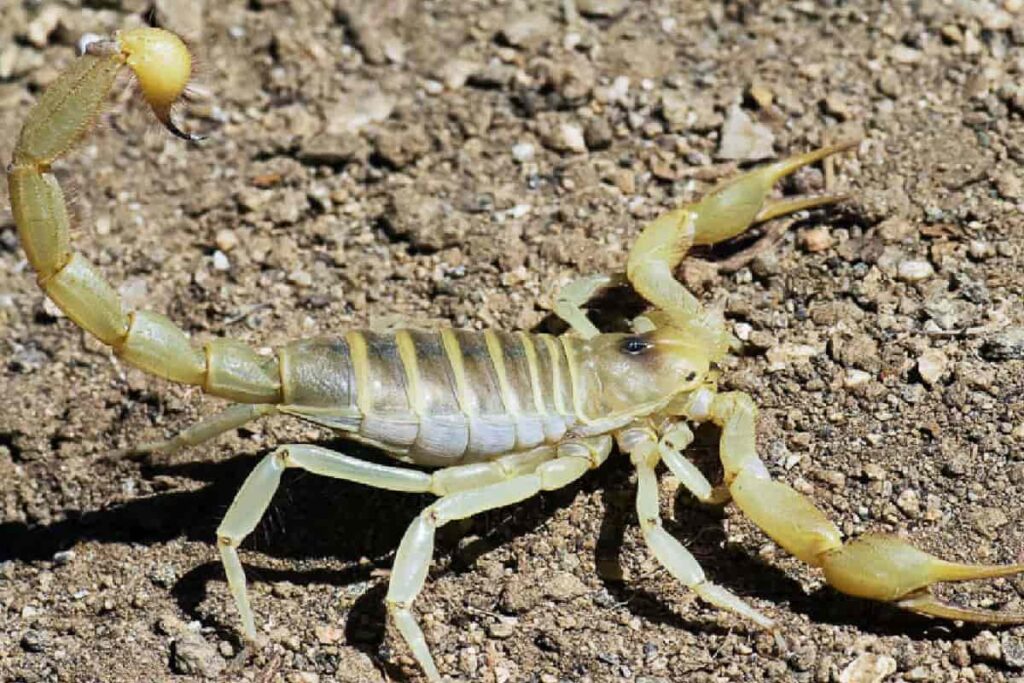
Giant Hairy Scorpion
These are HUGE! Easily up to 6″ long, not something you want to come across on a dark night in your bare feet, ask me how I know this!
Although this scorpion is big, its venom is not very potent, and its sting is commonly perceived to be about as painful as a honeybee’s sting. With scorpions, bigger is better, just not on heebie jeebie scale!
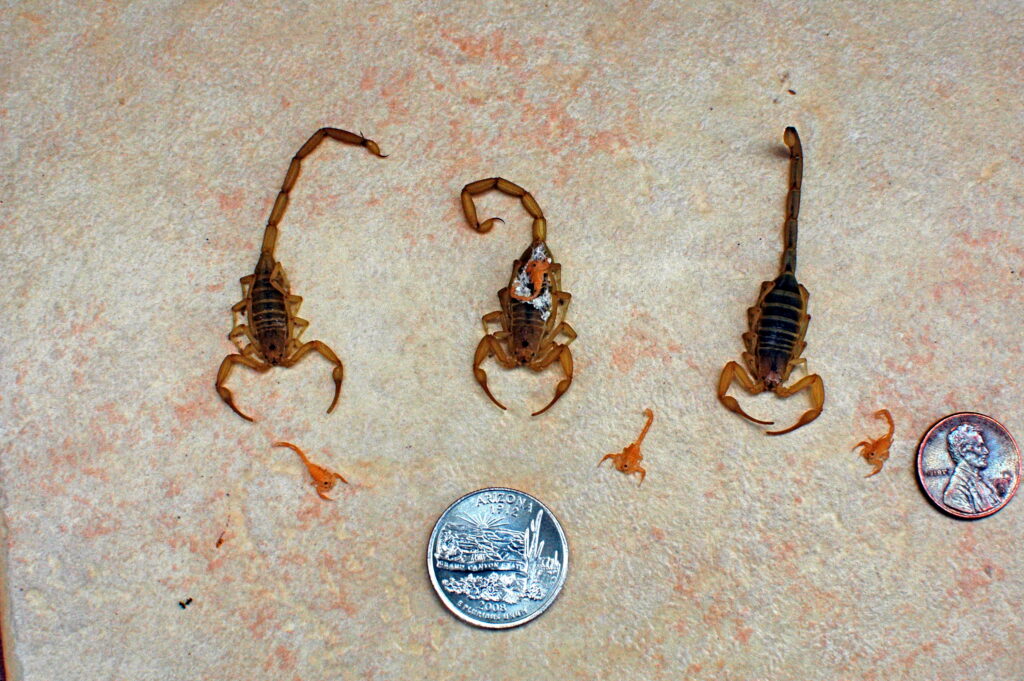
Arizona Bark Scorpion
These are pretty small as scorpions go, this is a bad thing! They are the most venomous scorpion in the state. They are easily spotted with a black light flashlight, a common thing to have in Arizona homes.
The Arizona bark scorpion is the most venomous scorpion in North America, and its venom can cause severe pain (coupled with numbness, tingling, and vomiting) in adult humans, typically lasting between 24 and 72 hours. Temporary dysfunction in the area stung is common; e.g. a hand or possibly arm can be immobilized or experience convulsions. It also may cause loss of breath for a short time. Due to the extreme pain induced, many victims describe sensations of electrical jolts after envenomation. Two recorded fatalities have occurred in the state of Arizona since 1968; the number of victims stung each year in Arizona and New Mexico is estimated to be in the thousands.
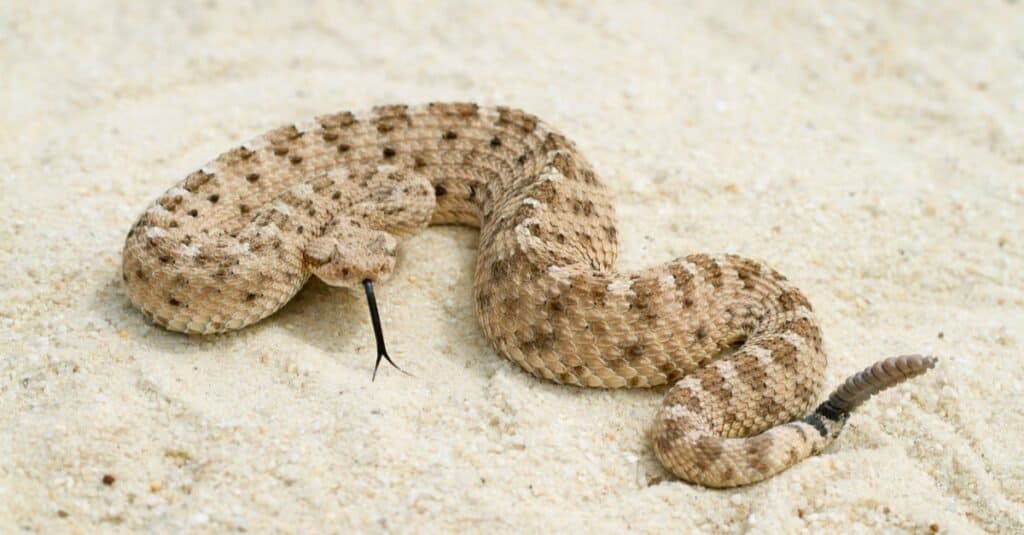
Sidewinder Rattlesnake
These snakes are venomous, but possess a weaker venom than many other rattlesnakes. This, together with the smaller size of their venom glands, makes them less dangerous than their larger relatives. Regardless, any rattlesnake bite can be fatal and should be taken seriously and medical attention sought immediately. They are a fairly small snake and their coloration allows them to blend into their surroundings.
Ok, so you’ve probably had your fill of creepy crawlies so we’ll finish off with something cute and fuzzy!

Least Chipmunk
These little guys are really adorable and in general not shy. I accidentally caught one in a have-a-heart live trap. It was cold so he hung out in my pocket curled up in my hand for almost an hour before he was warm enough to go on his way. They are the smallest species of chipmunks, about the size of a small hamster or gerbil. They don’t hibernate in the winter but go into torpor. They will eat just about anything and just about everything that can catch one will eat them.